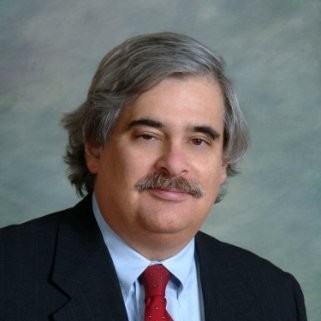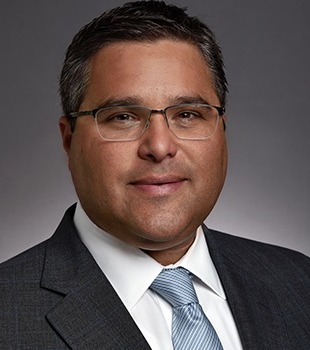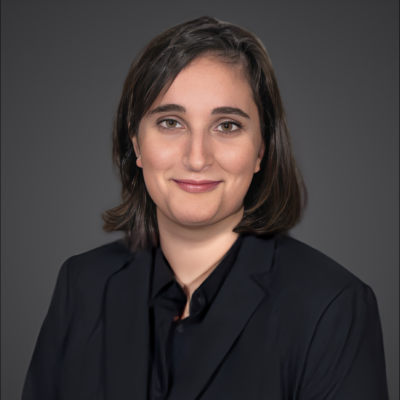The Authors
The Use and Abuse of the Pollution Exclusion
The basic legal issue of what constitutes a pollutant or contaminant is
overlaid with fact issues. Policyholders will continue to be at risk
as courts in the 50 states apply pollution exclusions in fact patterns
that policyholders never expected.
Abstract:
Recent court decisions and ongoing cases have brought to the forefront the critical issue of the reach of pollution exclusions in insurance policies. Jurisdictions from South Dakota to Hawaii are redefining the scope of what constitutes a “pollutant,” with significant developments that affect coverage in cases that range from contaminated agricultural products to carbon monoxide poisoning and greenhouse gas emissions. The thread that brings these cases together is the age-old question of what constitutes a “pollutant”: Is the term limited to traditional environmental pollution, or should it be read more broadly to encompass other contaminants and non-environmental situations?



